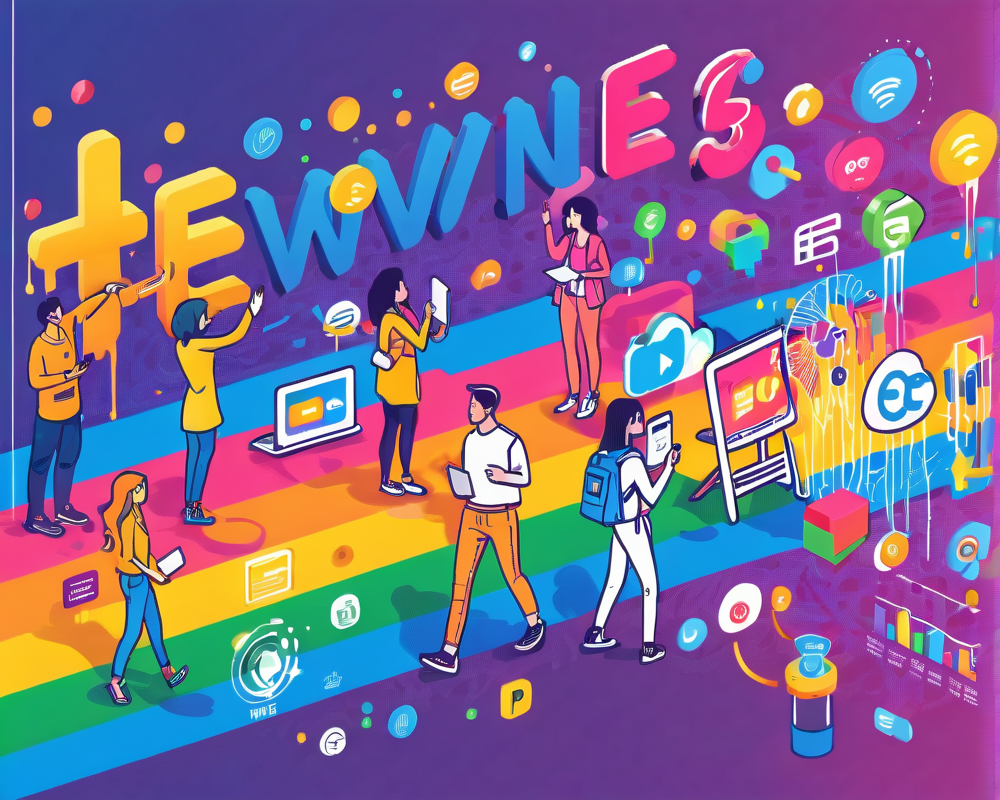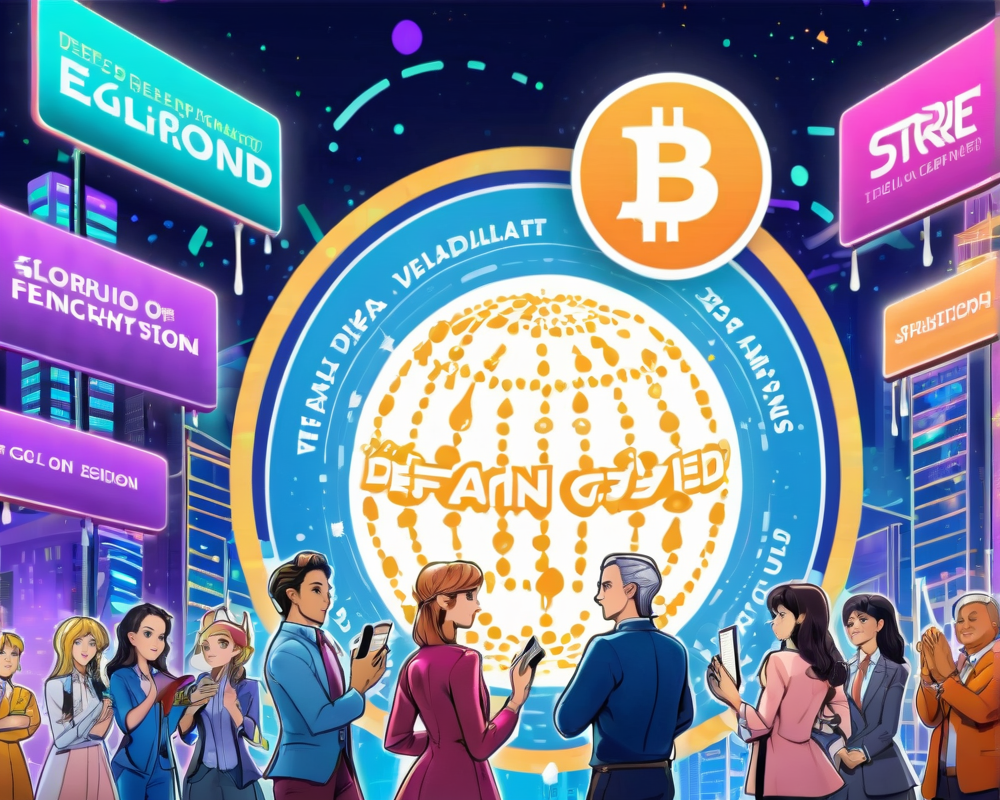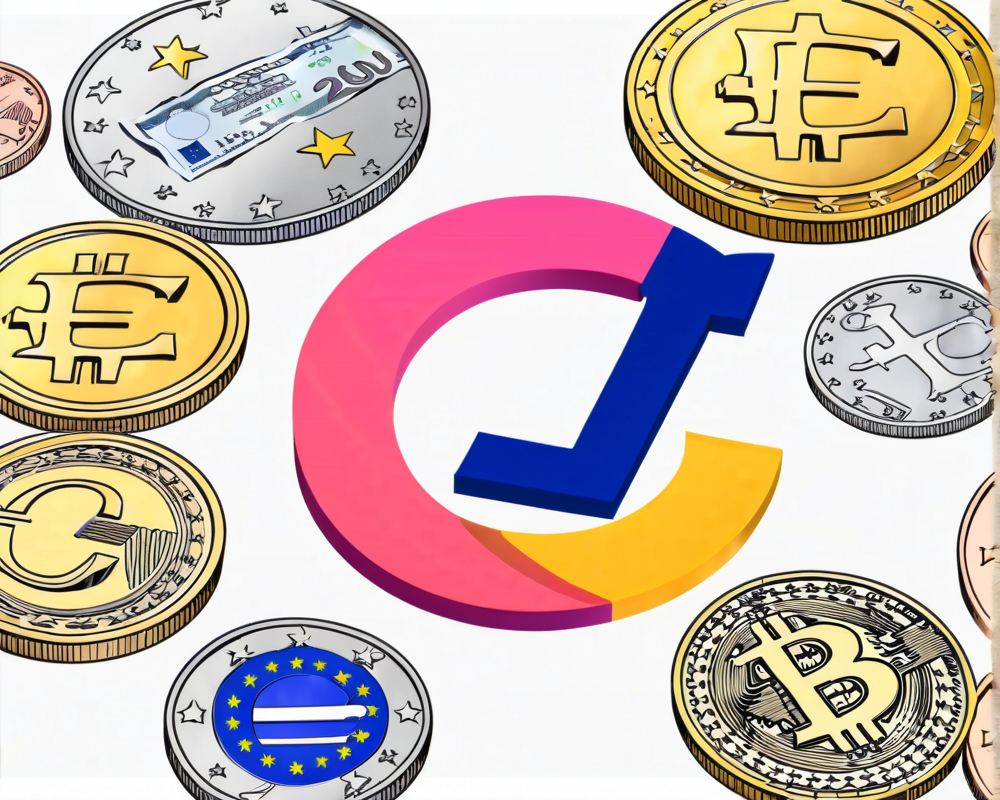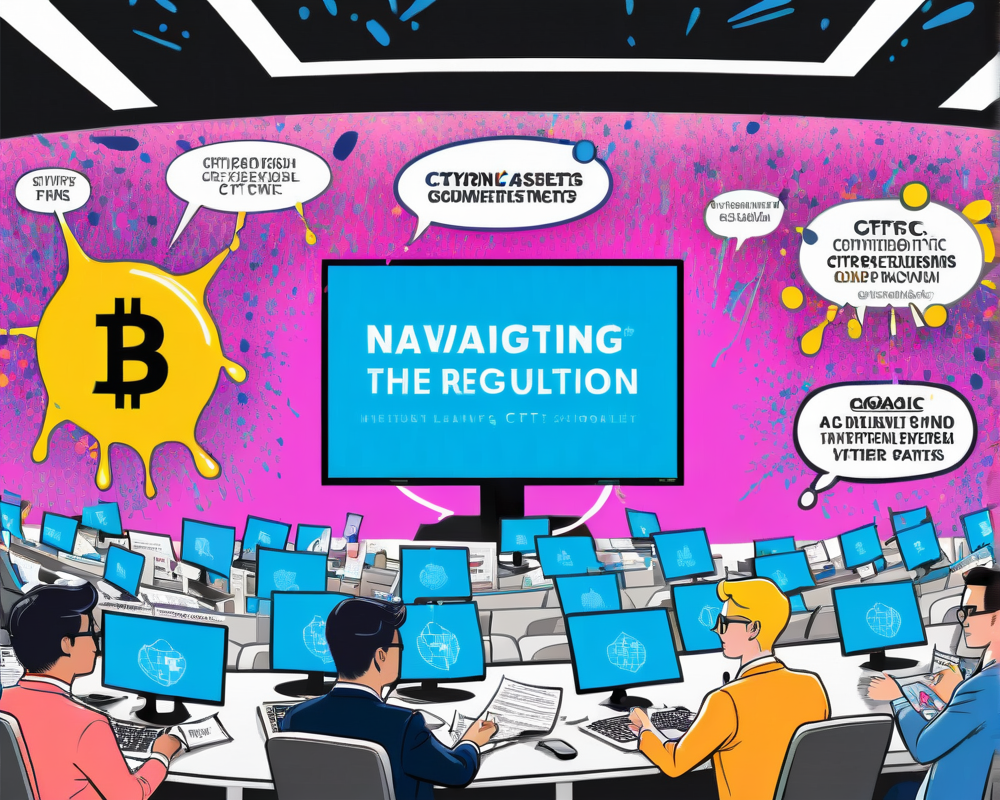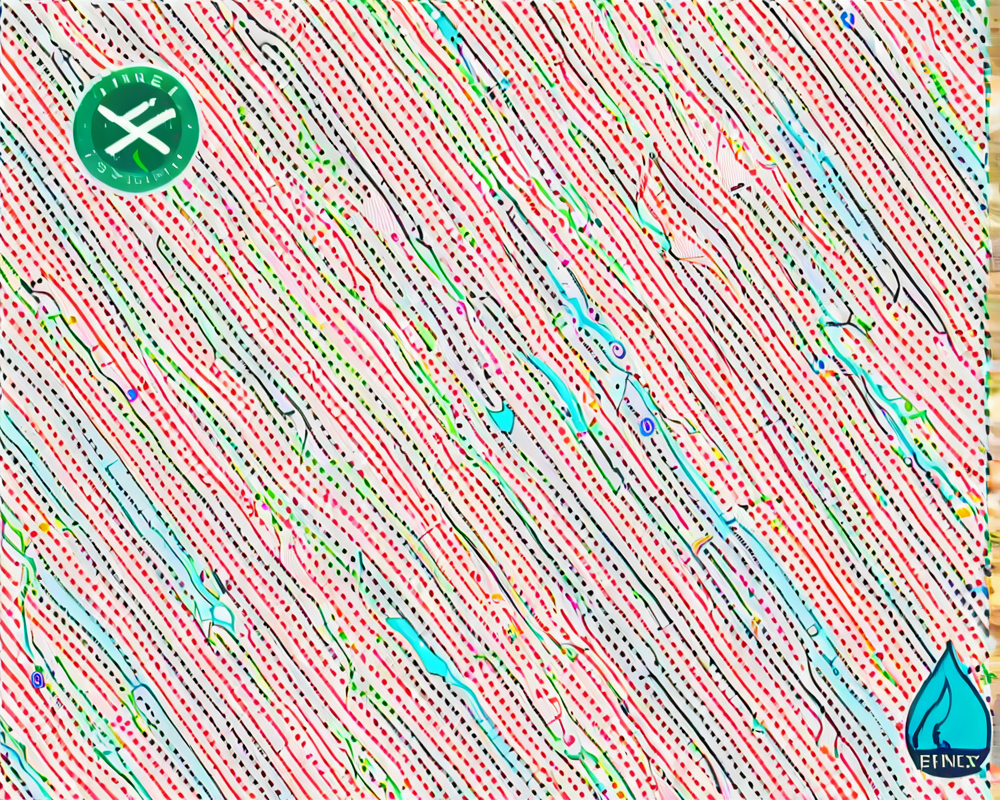Web1, Web2, and the Evolution of the Internet
The internet, as we know it today, has undergone significant transformations. In the early days, from 1991 to 2003, we had Web1—a digital desert with static, read-only HTML pages. Users were mere spectators, or as Jackson DuMont puts it, “consumers of content.” This was a time when the only excitement was watching a page load at the speed of a sloth on a lazy Sunday.
Welcome to Web2: The Social Playground
Then came Web2, the internet on steroids! This phase introduced images, videos, and applications that kept us glued to our screens. Companies didn’t just broadcast; they listened, resulting in a centralized social ecosystem where users interacted with content and with each other—mostly through the medium of cat memes and unsolicited political opinions.
What Exactly is Web3?
Fast forward to 2014, where Gavin Wood, one of the Ethereum founders, coined the term Web3. This phase promises to be decentralized and blockchain-based, ensuring that users aren’t just patrons but also owners. As DuMont summarizes, Web3 embodies the mantra: “read, write and own.” Imagine, instead of just reading about the latest dance crazes, you could own a piece of the meme royalty.
The Irony of Decentralization
However, the reality of Web3 might leave you scratching your head. Critics have pointed out that despite its promises, much of Web3 still feels like it’s under the thumb of venture capitalists. Jack Dorsey, Twitter’s co-founder, shared a bone-chilling warning that “You don’t own Web3.” So, when does ‘the people’s internet’ turn into the playground of the elite? Asking for a friend…
Investments in the Web3 Infrastructure
Regardless of the debates about ownership and decentralization, the march towards Web3 continues. Numerous companies are infusing cash into developing its infrastructure. In March, Animoca Brands took aim at social media titans, pushing for an open metaverse that could allow us all to experience virtual reality without the invasive privacy policies. Meanwhile, investor Katie Haun raised $1.5 billion for a Web3 fund—talk about a hefty investment in the future of the web!
Final Thoughts: Where Do We Go from Here?
As we navigate through the tug-of-war between decentralization and corporate interests, one thing is clear: Web3 is not just a buzzword but a glimpse into the next chapter of the internet’s evolving saga. Are we ready to embrace this ‘new internet,’ or are we merely hitching a ride on a venture capitalist rocket? Only time will tell!
